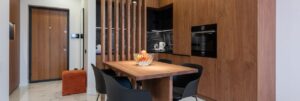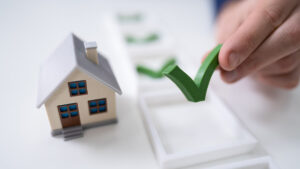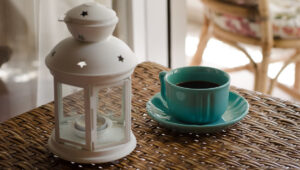Landscape designing should be carefully planned so that you don’t have to spend unnecessary time and money correcting mistakes in the future. This applies whether you are landscape designing from scratch or altering an existing design. It is important to know what you want before you meet with a landscape architect.
It can be tempting to head straight to the nursery and start picking out beautiful plants and garden décor. However, you don’t want to later realize these are wrong for your landscape. Careful planning will help you develop a landscape design that is beautiful, thriving, and functional.
Where to start
I like to start with the style or theme. This should be based on the style and architecture of your home since the yard is simply an extension of your house. Themes can be simple such as reoccurring shapes and colors or complex such as the inclusion of an oriental garden design. As with Interior design collect lots of pictures. This will help guide you in your plant and material selections. You may want your landscape to be neat and geometrical or you may want a more natural feel.
The next decision will be based on who and what the yard will be used for. The front yard design might be purely for aesthetics and curb appeal. The backyard design will be based on whether you have kids and pets, or whether you like to entertain for example. It will also be based on how much time and money you are planning to spend on maintenance and the initial installation.
At this time you should make a list of all features you wish to include.
Below is a list of feature considerations for landscape design:
- Furniture
- Putting Green
- Pool
- Hot Tub
- Dining area
- Sun Chair area
- Lounging Area
- Vegetable Garden
- Play Structure
- Bocce Ball Court
- Themed Garden
- Particular plants or trees you love
- Storage Shed
- Water Features
- Outdoor Kitchen
- Covered Patio Areas
- Fire Pit
- Trees for Bird Feeders
- Lawn Area









